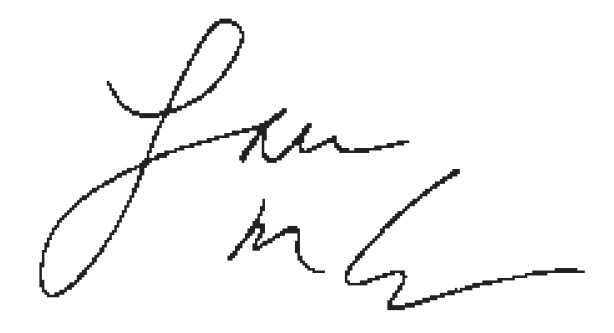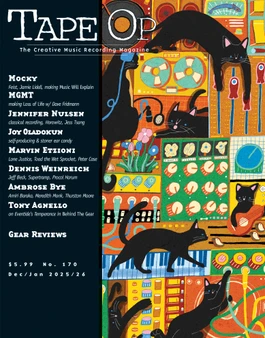
ISSUE ARCHIVE
Latest Issues
Jul/Aug 2024
Welcome to issue #162 of Tape Op.
Ever since the dawn of the DAW [digital audio workstation] and digital recording, people far too often have equated recording music mainly with the tracks getting captured and, later, the assembling of a mix. But this is only one aspect of making a recording. Most of what I find myself doing in the studio is completely removed from the actual technical recording process.

These actions can include the initial conversations with the artists (as noted in the End Rant this issue), changing out guitars and/or amps, modifying amplifier settings, discussing exact parts played, changing drum patterns, removing sections of a song, looking for keyboard patches, swapping stompboxes, trying out different drums and cymbals, changing instrument strings, removing amp hum, mapping out song structures, deciding on BPMs, moving players around in a room, and much more.
Sure, we should hit record eventually, but remember that in many cases most of what makes a record awesome happens BEFORE the tracks get captured. Making music is so much more than simply looking at a computer screen.
— Larry Crane, editor & Founder
The Council for Scientific and Industrial Research Automatic Computer (CSIRAC) was one of the world's first digital computers. (photo: Museums Victoria)
— LARRY CRANE,EDITOR & FOUNDER








